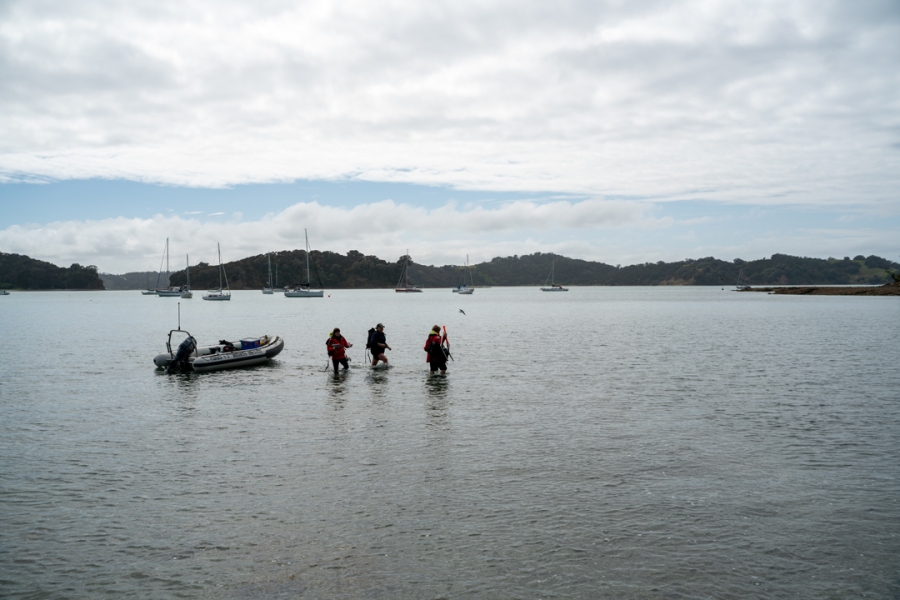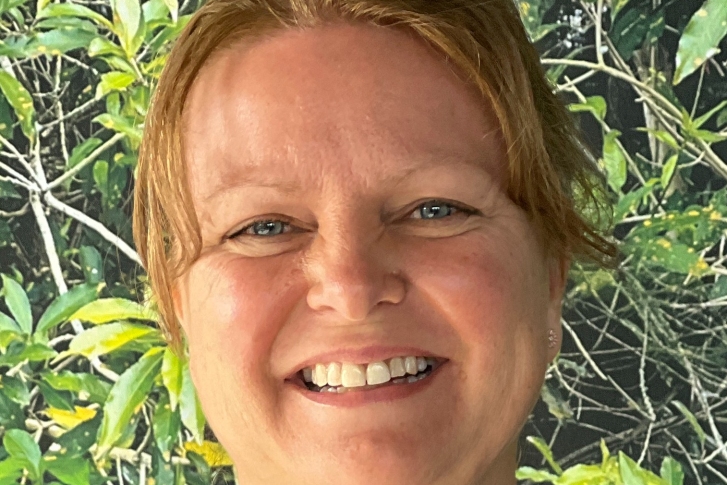The Catchment to Estuaries programme aims to improve our ability to predict the fate and effects of catchment diffuse-source contaminants once they reach estuaries. Key contaminants include fine sediments, nutrients, faecal microbes, heavy metals and organic chemicals. Knowing the fate of contaminants is necessary for predicting effects that may result from land use intensification, and for setting effective limits to achieve water-quality and ecosystem-health objectives. This programme focuses on the physical and geochemical processes that control transport, transformation, fate and effects of land-derived contaminants in estuaries.
Programme Leader: Dr Andrew Swales
Objectives
- Physical processes are investigated and better understood, including how freshwater enters and mixes in estuaries and how density stratification effects contaminants and dispersal. Early indicators of eutrophication and management tools (e.g., CLUES-estuaries) to predict effects of catchment land-use, river flows, nutrient loading and estuary characteristics are developed. Sediments and optical properties of water are investigated, methods to calculate load limits to achieve estuarine targets are developed and contribute to the National Objectives Framework (NOF).
- Biotracers (e.g., Compond Specific Stable Isotopes) are further developed and used to estimate sediment sources and sedimentation histories
- Mangroves and saltmarshes and sedimentation in estuaries and interactions between flow and morphology is better understood.
- Maori kaitiakitanga and planning. Implementing the Iwi Estuarine Monitoring Toolkit and developing a values-based environmental reporting system.
Research projects
- Estuary water quality – the CLUES estuary tool
- Contamination early-warning system for commercial shellfish harvest
- Estuarine ecodiagnostics
- Sediments and mangroves
- Sedimentation in New Zealand estuaries
- Source-to-sink models
- Managing Mud
- River plume dispersal - the connectivity matrix
- Estuary numerical modelling
- Tidal creeks – connections between freshwater and saltwater
- Sediments and light in estuaries
- Small waves in estuaries
- Catchment contaminant load limits to achieve environmental goals in estuaries
- Heavy-metal contamination in urban estuaries Predicting long-term contaminant accumulation in the central Waitemata and southeastern Manukau Harbours Predicting long-term sedimentation and heavy metal accumulation in estuaries
- Sediment flocculation
Key science collaborators
- University of Otago
- University of Queensland
- University of Cantabria
- University of Waikato
Recent publications
See a list of our recent publications
Primary NIWA Team




